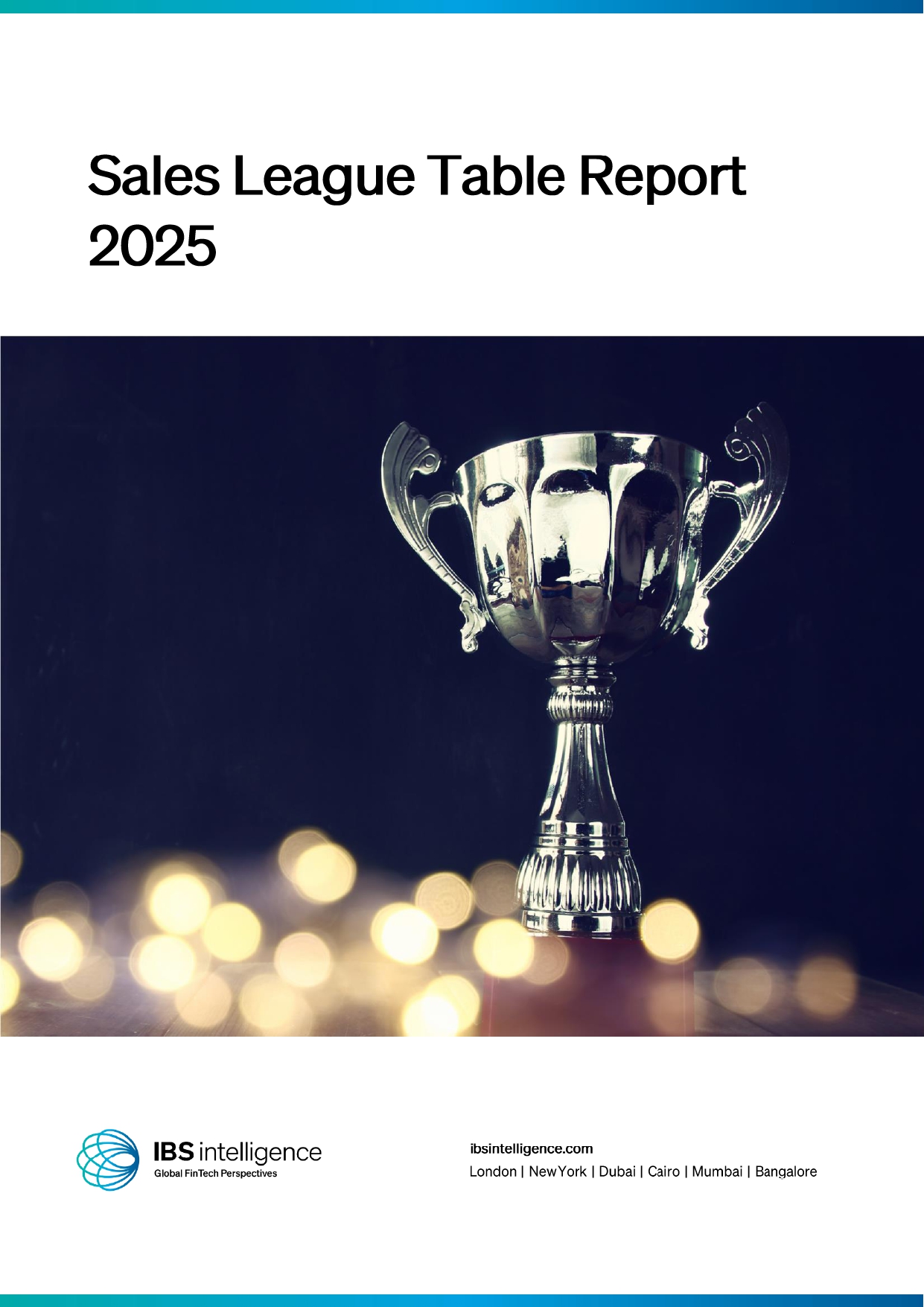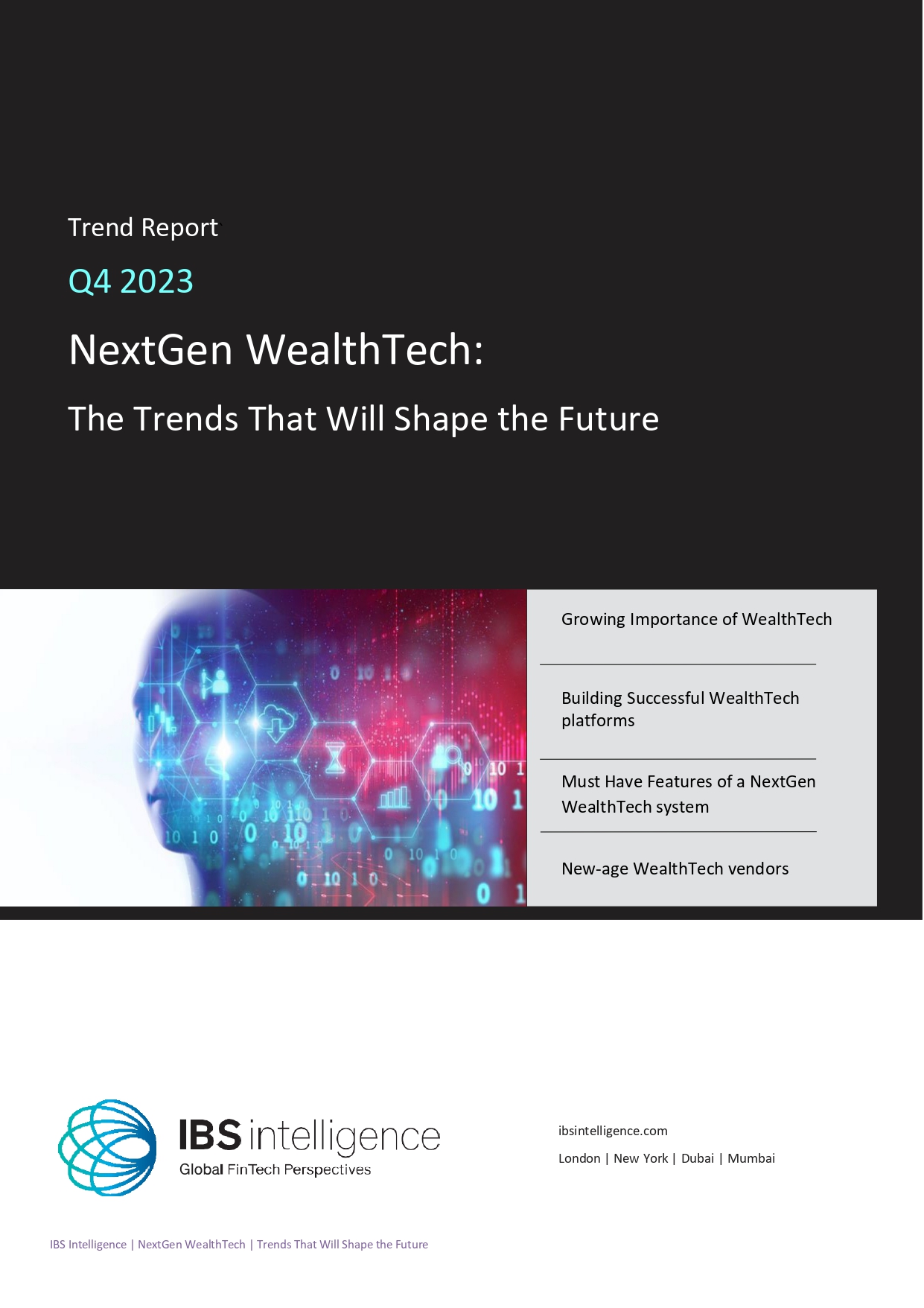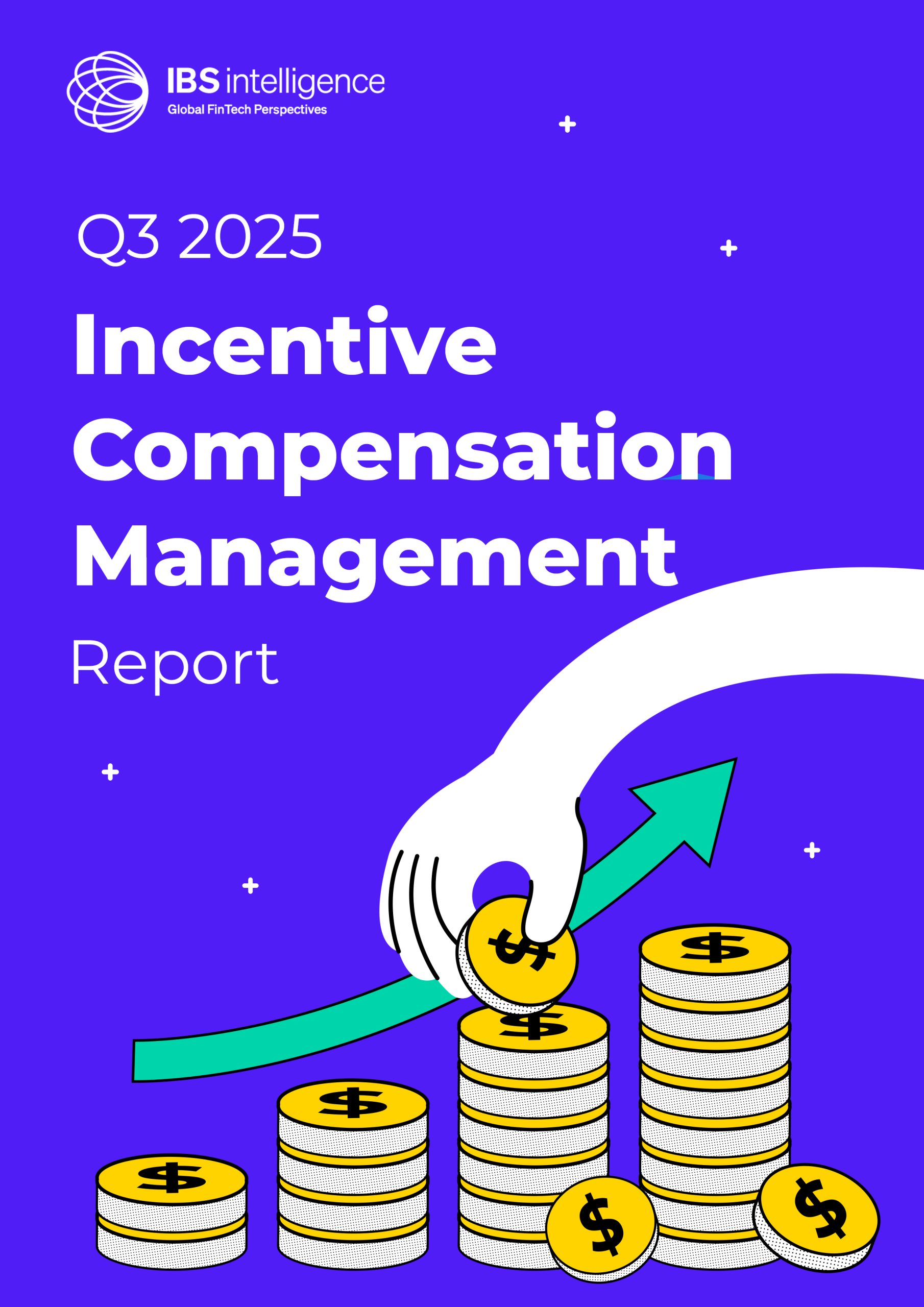 Back
Back
1.2 Billion Bank Accounts and Still Financially Excluded: What Are We Missing?

By Artem Andreev, CEO at FincFriends
Right now, India has more than 1.2 billion bank accounts. Almost 96% of people can use formal banking. This looks like success on paper. But when we look at how these accounts are really used, things do not look as good.
There were 56.03 crore accounts opened under the Pradhan Mantri Jan Dhan Yojana (PMJDY) as of July 31, 2025. Out of these, 13.04 crore were not active. A dormant account is not an inclusion; it is just a record in the system. Even though they have a bank account, millions of low-income families still borrow money from local lenders. At the same time, more and more people are defaulting on microfinance loans, which shows that borrowers who were once seen as success stories are now under a lot of stress. So, what is it that we are missing?
Access Without Involvement
Opening accounts has been the main goal of the push for financial inclusion. That was just the beginning, not the end. A lot of families have never really used their accounts. For them, the trouble of filling out forms, going to the branch, and following the rules is not worth it. Banking seems far away and not made for them.
Credit is an even bigger problem. Most institutions still use the same old way of scoring credit. For a lot of people in India, like daily wage earners, small shop owners, and gig workers, there is no history to score. The result is exclusion on purpose. The World Bank says that 22% of adults in India still do not have a bank account. Even people who have accounts can’t get credit easily because they can’t be seen by traditional risk assessment.
Why informal lending still exists
Moneylenders do well because they are easy to reach. They give out loans right away, with no paperwork or proof of income needed. The process is easy, but it costs a lot. For a family that needs cash for a hospital visit or to get through a tough week, the ease of getting it is more important than the interest rates.
The formal system, on the other hand, has trouble being flexible. Verification, paperwork, and strict repayment plans all cause problems. Even digital projects often follow the same steps as traditional ones, which makes them too slow for urgent needs. For a lot of people, the only option is to go to an expensive moneylender or get no help at all.
Inclusion That Works
The meaning of “financial inclusion” needs to change. It is not enough to just count accounts. Real progress happens when people use things: when they save money regularly, borrow money responsibly, and protect themselves from shocks. That means changing the way credit is given and checked.
Technology lets us do more than just legacy scoring. Mobile usage, payment habits, and other behavioural signals can help paint a more complete picture of risk. A gig worker might not get a pay stub, but their transaction history tells a story. A small store owner might not keep detailed records of their finances, but UPI payments show how much money is coming in and going out. Ignoring this information leaves millions out. You can make a big difference in access by using it responsibly. What Digital Lenders Are Showing
Some lenders are already showing that trust and simplicity can change how people act. Instant approvals, direct deposits into bank accounts, and little paperwork make borrowing less scary. Flexible payment plans make it less scary to get into debt. Most importantly, digital channels mean that customers don’t have to go to the branch as often, which saves them time and dignity because they often live on daily wages.
Another good thing about this method is that it is open. Trust grows when the costs are clear and the payment plans are explained ahead of time. Usage is based on trust. Without it, accounts will continue to remain inactive.
Responsibility Cannot Be Ignored
Lending and repayment capacity should both match. When it does not, households fall into distress, as seen in the rising defaults in microfinance. A loan that a family cannot realistically service is harmful, regardless of intent.
Products should be designed around real income patterns. Gig workers require small-ticket, flexible repayment options. Farmers need schedules tied to crop cycles. Salaried workers can manage structured EMIs. Standardized products ignore these differences and fail.
Financial literacy is equally critical. Many households still do not understand how debt costs accumulate or how to separate formal credit from informal borrowing. Clear, local-language education is needed to help people make sound decisions.
From Accounts to Opportunities
For inclusion to work, formal services must be extremely easy:
· Simple steps: no endless branch visits.
· Digital delivery: money goes straight into the account, with real-time tracking.
· Less paperwork: technology does the heavy lifting.
· Flexible terms: repayments that fit real income patterns.
When these basics are in place, people use their accounts. Dormant accounts become active, and households start building security instead of avoiding the system.
India has created access. The real challenge is usability. Success will not be measured by how many accounts exist, but by how many families are better off because of them. Until that happens, 1.2 billion bank accounts remain an achievement on paper, not in practice
Previous Article
IBSi News
Get the IBSi FinTech Journal India Edition
- Insightful Financial Technology News Analysis
- Leadership Interviews from the Indian FinTech Ecosystem
- Expert Perspectives from the Executive Team
- Snapshots of Industry Deals, Events & Insights
- An India FinTech Case Study
- Monthly issues of the iconic global IBSi FinTech Journal
- Attend a webinar hosted by the magazine once during your subscription period
₹200 ₹99*/month
* Discounted Offer for a Limited Period on a 12-month Subscription
IBSi FinTech Journal

- Most trusted FinTech journal since 1991
- Digital monthly issue
- 60+ pages of research, analysis, interviews, opinions, and rankings
- Global coverage
Other Related Blogs
November 03, 2025






